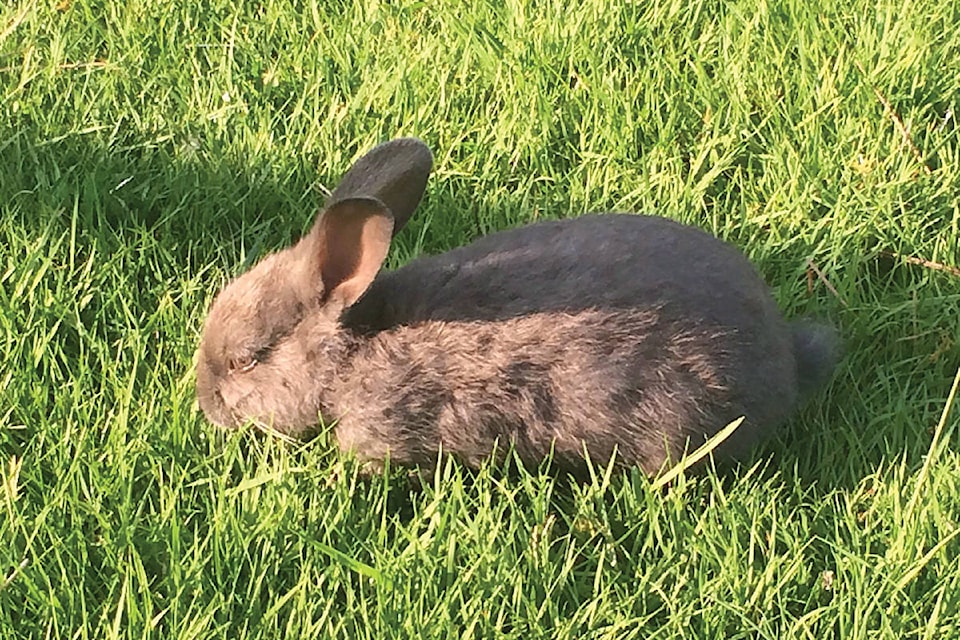If you’ve ever seen a turtle or a bunny in the wild and thought, ‘This must be a lost pet. I shall rescue it,’ Amber Quiring thanks you for being a kind and caring person.
But please, don’t do it.
The owner Chilliwack’s Reptile Room said they’ve had far too many people bringing them animals that should be left right where they are.
“The most common ones, by far, are the red-eared sliders (turtles),” Amber Quiring said. “Because they are so abundant in our area, people find one in a parking lot or in their yard and bring it in to us because they think it’s someone’s pet.”
Alligator lizards are another one Quiring sees often.
“They are found everywhere, up Chilliwack Mountain and down by the Fraser and Vedder rivers,” she said. “People who think they’re helping catch these lizards, they bring them inside and they come here asking me what they need to feed them.
“They see an Alligator lizard in the fall and they wonder why it’s just sitting there doing nothing. Well, almost all reptiles are ectothermic, meaning they move slowly in colder temperatures. So that lizard is just chilling there because it’s chilling, getting ready to hibernate.”
The third one is bunnies. Wild rabbits are all over Chilliwack.
“People see a bunch of little baby bunnies running all over their yard, and they scoop them up thinking they’re saving them,” Quiring said. “But what’s usually happened is those bunnies have just left the nest for the first time and nobody knew a nest was there. We probably get 10 to 12 or so litters brought in to us every season.”
Once a baby bunny is removed from its home, its odds of survival drop considerably. Even if it’s taken back to where it came from, it won’t be welcome.
“If we touch them, the majority of the time their mom won’t want to care for them anymore because she smells the threat on them,” Quiring said. “She’ll ignore them and they’ll either thrive or die.”
Bringing a wild animal into a home with existing pets can also be a bad idea, particularly with lizards.
“In their natural habitat, they have natural immunity to things like E. coli and whatever else they’d be picking up from rocks and streams,” Quiring said. “You bring this animal into your home and you’re touching it and you bring in your bearded dragon to see if they can be friends. Well now you’ve just introduced E. coli or something else into your bearded dragon’s immune system and it doesn’t have immunity to bad bacteria and stuff like that.
“It might take you too long to notice to something is wrong and that animal may die.”
All of that said, Quiring has a very simple rule of thumb for deciding whether to ‘save’ an animal.
“Animals you find in the wild should be left in the wild unless they are very clearly someone’s pet.”
eric.welsh@theprogress.com
Like us on



